Recommended Tire Pressure – Under or Over Pressure
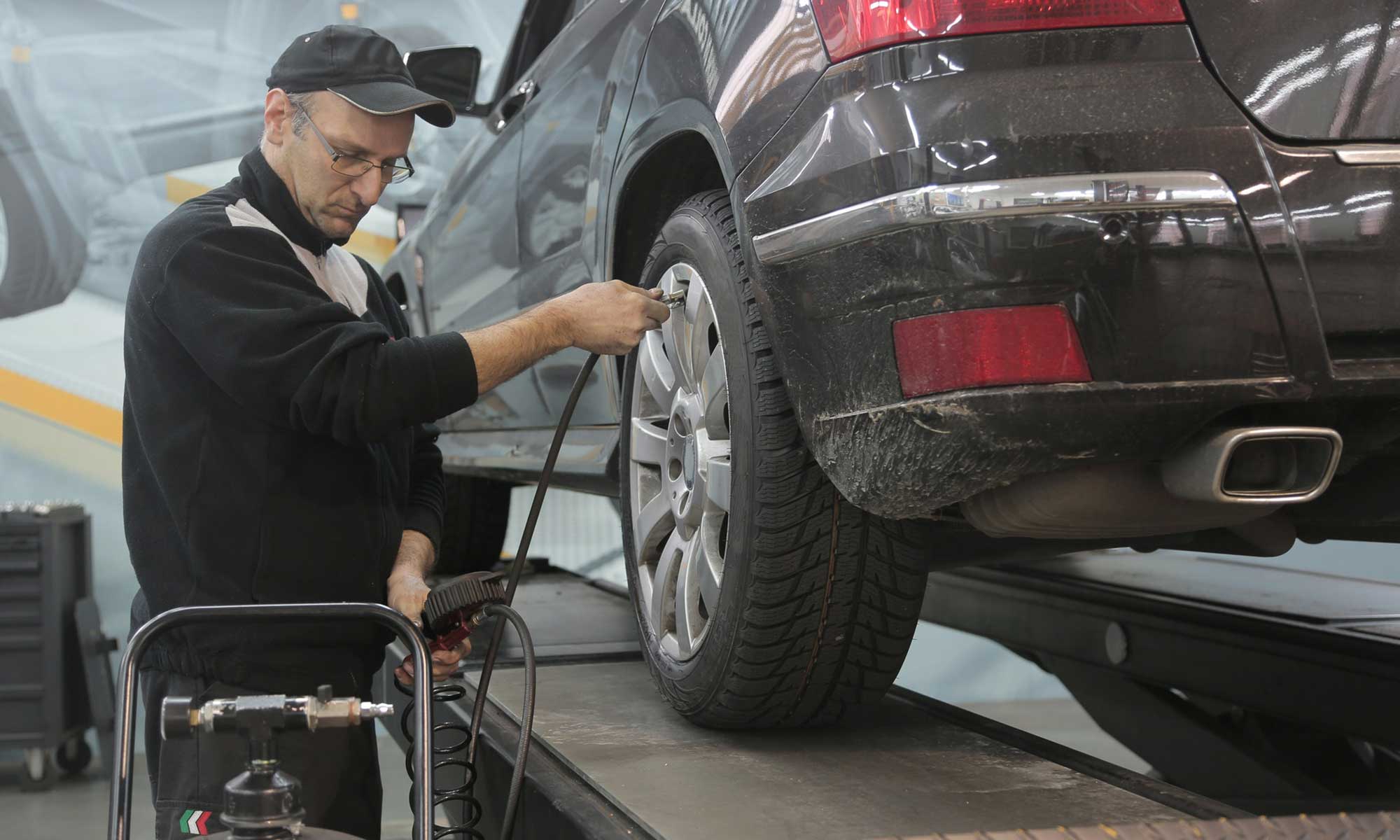
Let’s face it, dealing with the stress of a flat tire is never fun, no matter if it’s in the store parking lot, in your driveway, or in the middle of a road trip. But while sometimes the unexpected can happen when it comes to your car’s tires, there are ways you can help to prevent it. One of the simplest ways is by maintaining the correct air pressure in your tires.
About Tire Pressure
When it comes to your car’s tire pressure, there are a few things you should be aware of. For example, you will most likely hear your tire’s air pressure referred to as your tire’s “PSI,” which stands for pounds per square inch, the measurement used to determine the amount of air pressure in your tires. Where you live can also impact tire inflation, especially if you are in an area where the temperatures can fluctuate. That makes it harder to measure and maintain “proper” tire pressure.
To help you better understand the various factors that can impact your car’s tire pressure, as well as learn more about proper tire inflation and how to do it yourself, take a look at the tips below:
High Pressure is Better (Within Reason)
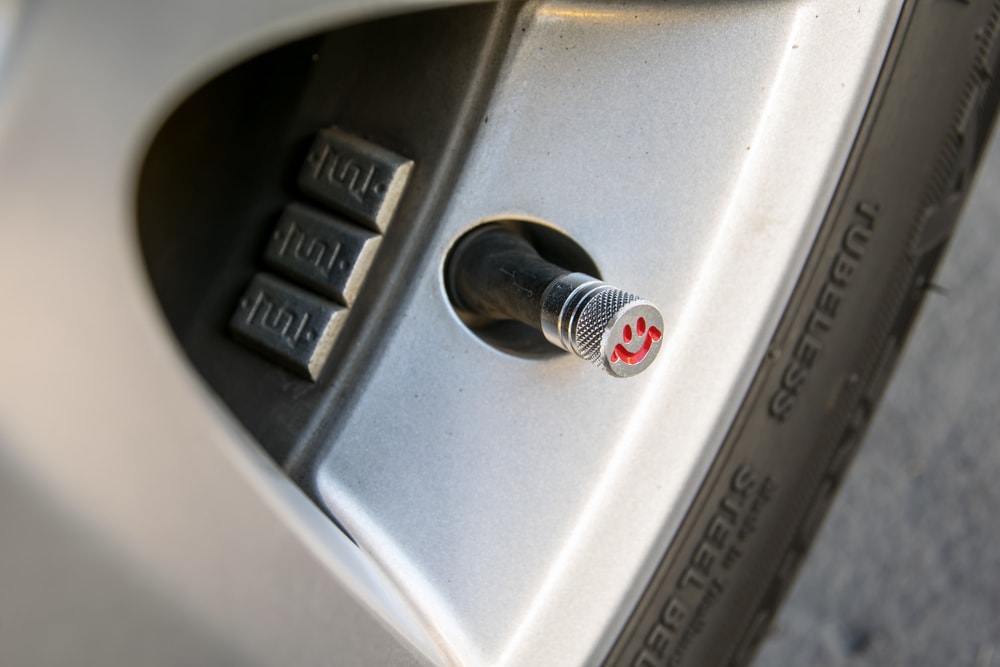
As we mentioned before, where you live can play a big role in how the air pressure in your tire acts. This is because air pressure changes as the temperature changes. Put simply, for every 10-degree change, whether it’s getting hotter or colder, your tire pressure can change by one to two PSI. For example, if your owner’s manual calls for your tires to be at 32 PSI and you check when it is 70 degrees outside, if the temperature drops to 40 degrees at night, your tire pressure could drop as low as 26 PSI. That may be too low for your car, and if the temperature doesn’t rise as much the next day, you could be left driving with underinflated tires.
To help drivers, most modern tire pressure monitoring systems give you a warning light if your tire pressure dips 10 percent. However, you may find that having slightly overinflated tires, especially when you know the temperature will drop, can help ensure your tire’s air pressure stays within recommended levels. Overinflated tires can also help you get better gas mileage, helping you save at the pump. However, this can come at the cost of a bumpier ride. But, always be certain to never go above the “maximum inflation pressure” as laid out in your owner’s manual. That number is also often indicated on all tire sidewalls.
Low Tire Pressure is Dangerous
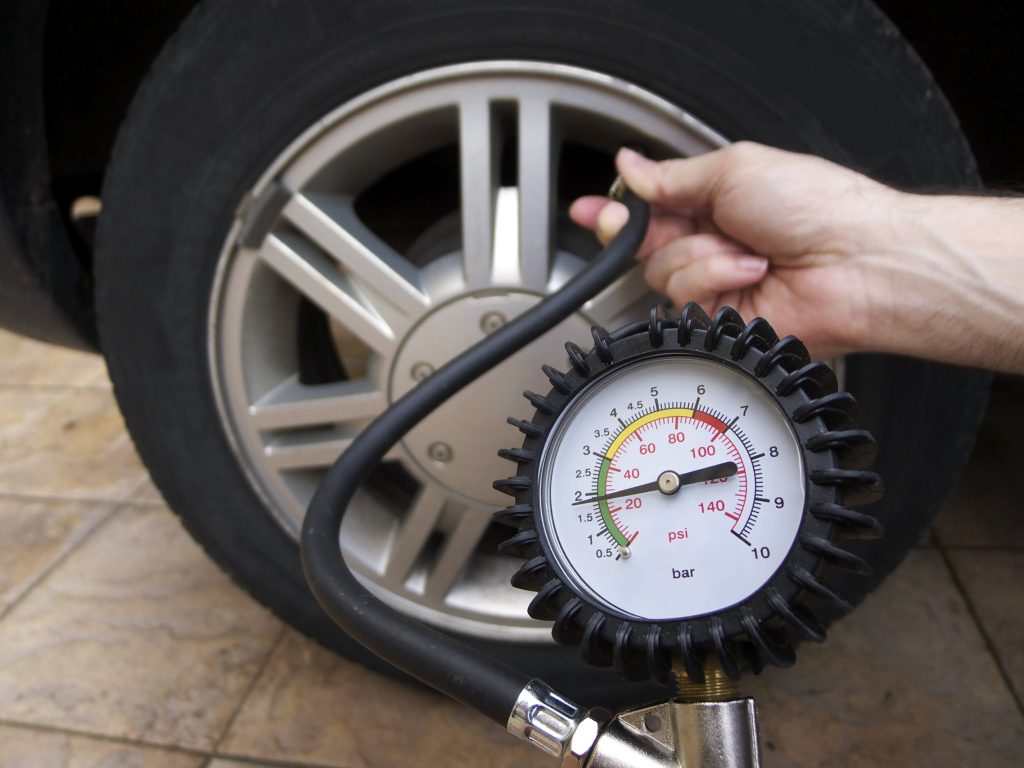
While overinflation can be useful in certain situations, the same can’t be said for underinflated tires. When your tires are deflated, more rubber hits the road — literally. When this happens, you are prematurely wearing your tire’s tread, and your tires will also heat up when your car is driving. Combined, the heat generated by the road surface and the lack of air pressure can put you in danger of a tire blowout.
How to Fill Your Tires
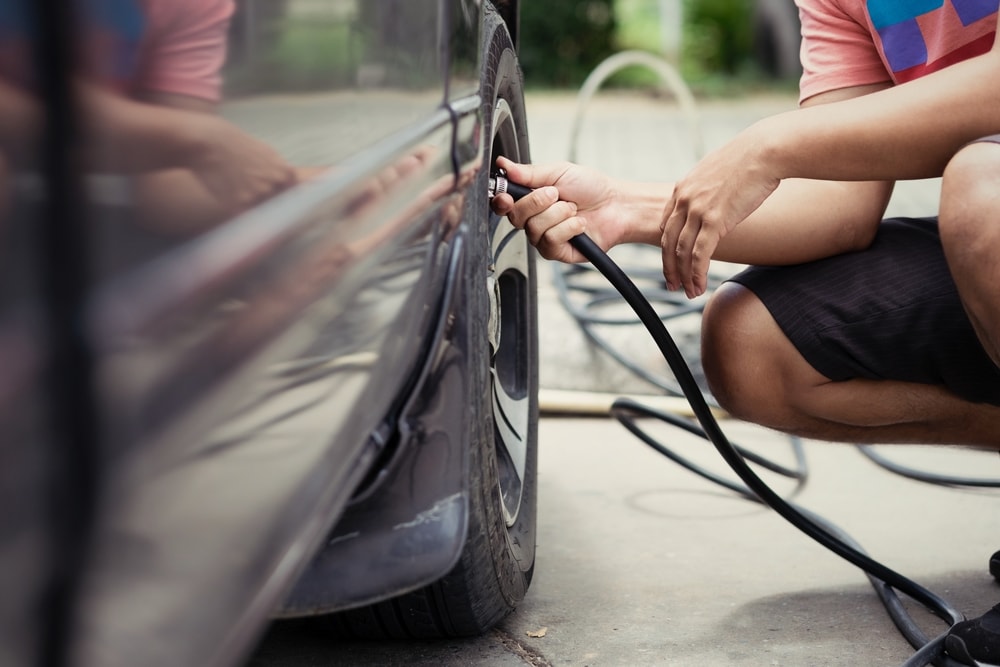
When it comes to your tires, you can often go to a certified repair facility or ASE Certified mechanic for help. However, checking your tire’s air pressure and even filling it up can be easily done at home or a local gas station.
First, be sure to check or fill your tires while they are cool, so if you were driving before checking your tire pressure, give it a few minutes to cool down first. While you wait, you can check with your owner’s manual to learn what your car’s recommended tire pressure should be. Once your tires have cooled, you can now get started.
Next, use a tire pressure gauge to check the PSI. To do this, remove the tire’s valve cap and use the pressure gauge. If you find your tires are too overinflated, simply let some of the air out of the tires until you reach your ideal tire pressure. If you find your tires underinflated, use an air pump (such as ones found at gas stations) and inflate your tires to the recommended PSI or about two to three PSI above that, so long as you are not at or surpassing your tires’ maximum pressure.
Save on Tire Maintenance with Endurance
Whether you have a compact car, a pickup truck or a cross-over SUV, having proper tire pressure is critical in helping you stay safe while on the road. It can even help you save a few bucks at the pumps as well.
With the Advantage auto protection plan from Endurance, you can rest easy when it comes to your car’s tires and other essential maintenance services. Each Advantage plan combines comprehensive breakdown protection for repairs that your average auto insurance contract won’t cover AND up to $3,500 in routine maintenance befits, including tire rotations, alignment checks and PSI checks. You’ll even get help with up to three oil and filter changes, engine diagnostic exams and even help with your vehicle’s next state safety inspection service.
Not only that, but Endurance customers will also automatically be eligible for a full year of Elite Benefits, including up to two tire replacements or repairs and other great perks and savings like key fob replacements and collision discounts. Simply choose the Endurance plan that’s right for you, whether that be Advantage or any other plan, pay a small $29 activation and rest easy knowing Endurance has you covered.
Get started protecting your vehicle with Endurance by requesting a free quote or give our award-winning customer care team a call at (800) 253-8203. Be sure also to check out the Endurance blog to find even more articles on topics like automotive FAQs, expert auto tips, vehicle buying guides and much more.
More like this
-
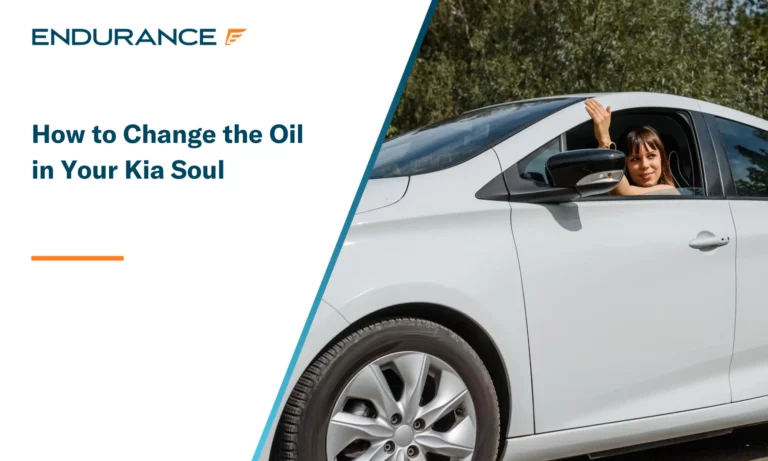 How To
How ToHow to Change the Oil in Your Kia Soul
Read MoreTaking care of maintenance items on your vehicle is one of the most important tasks a Kia Soul driver – or any car owner – needs to remember. While maintenance..
-
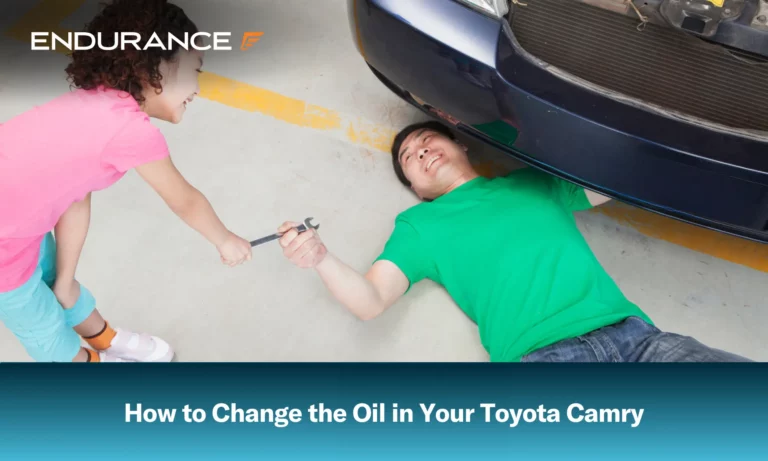 How To
How ToHow to Change the Oil in Your Toyota Camry
Read MoreAs a car owner, your biggest responsibility is keeping your vehicle in good condition. Regular maintenance and scheduled service will go a long way toward keeping your car running smoothly..
-
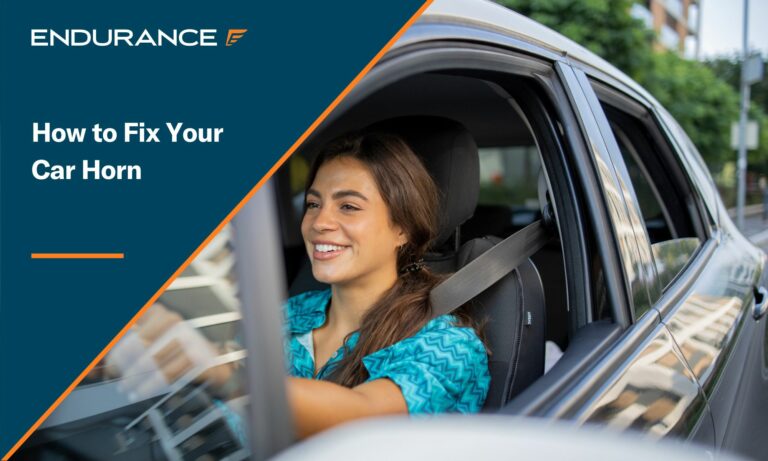 How To
How ToMy Car Horn Is Not Working: How to Fix It
Read MoreModern vehicles come with all the bells and whistles regarding safety features, but one feature in particular is standard on all vehicles: the horn. A car horn on your steering..





Alex has worked in the automotive service industry for over 20 years. After graduating from one of the country’s top technical schools, he worked as a technician achieving a Master Technician certification. He also has experience as a service advisor and service manager. Read more about Alex.